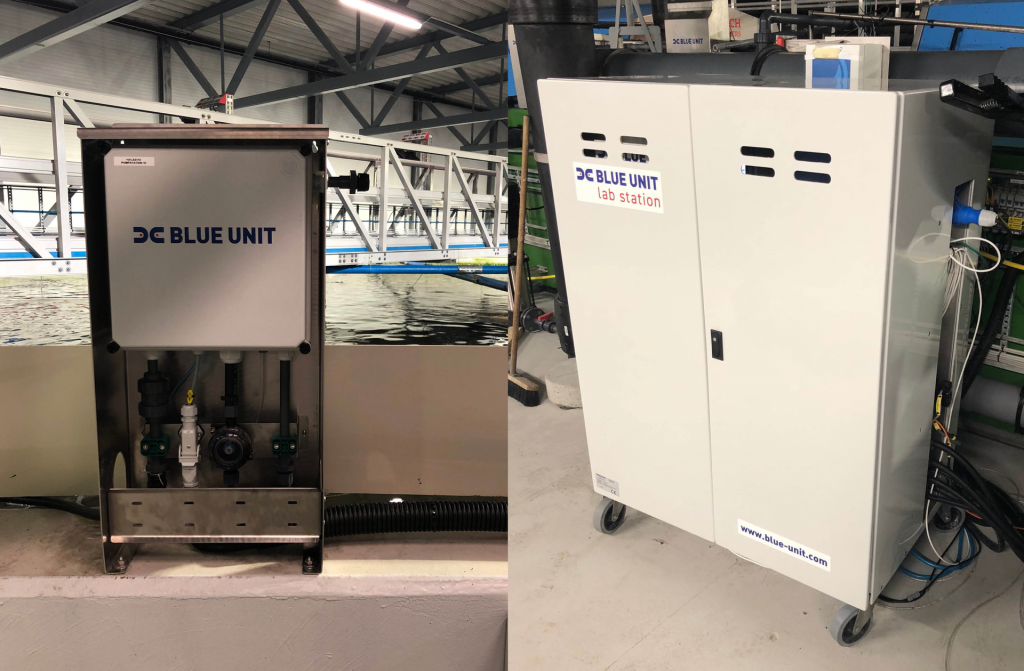
News
Technology
Blue Unit offers data visualization tool for RAS operators
November 12, 2019 By Nestor Arellano
 Blue Unit Lab Station
Blue Unit Lab Station Accurately monitoring and measuring changes in water chemistry is vital in keeping a stable recirculating aquaculture system (RAS) environment. Denmark-based company Blue Unit said it has developed a water quality measuring equipment that uses a cloud-based platform to analyze and visualize data to help fish farm operators make better-informed decisions in managing RAS facilities.
The hardware and software-based tool measures water quality in a standardized manner so RAS companies can use the data to “benchmark water treatment components or entire farms against each other. By doing this, we can help our customers improve in ways never before seen,” said David Owen, the founder of Blue Unit.
The Blue Unit Lab Station provides information on 10 vital water quality parameters from up to 12 separate locations on a fish farm.
According to the company, the product:
- Helps create a more stable growing environment for fish
- Provides longer and stronger smolt for sea cages
- Reduces cost for land-based facilities
- Promotes faster growth
- Aids in better feed conversion
- Lowers fish stress
- Helps operators recognize early signs of warning to head off potential disastrous event
Owen said current RAS facilities have become very complex environments. It is now very important for owners to measure various parameters to maintain an optimal growing habitat for their stock.
For instance, he said, it’s visibility into carbonate concentration is vital.
“Total carbonates are the most important parameter to measure in super-intensive systems with final harvest biomass over 60 kg/m3 , as the massive increase in CO2 across a single tank system can be dramatic enough to cause a change in pH from 7.5 to below 6.8 in salmon smolt tanks,” Owen said. “By managing total carbonates, such as increasing alkalinity through the addition of sodium bicarbonate when necessary, drops in pH can be buffered against which is paramount in maintaining feed consumption and growth of the cultured organism.”
Another key factor that needs to be monitored is hydrogen sulfide (H2S).
H2S has become a big concern for farm managers and insurance companies because large-scale fish deaths have been traced to hydrogen sulfide.
Print this page